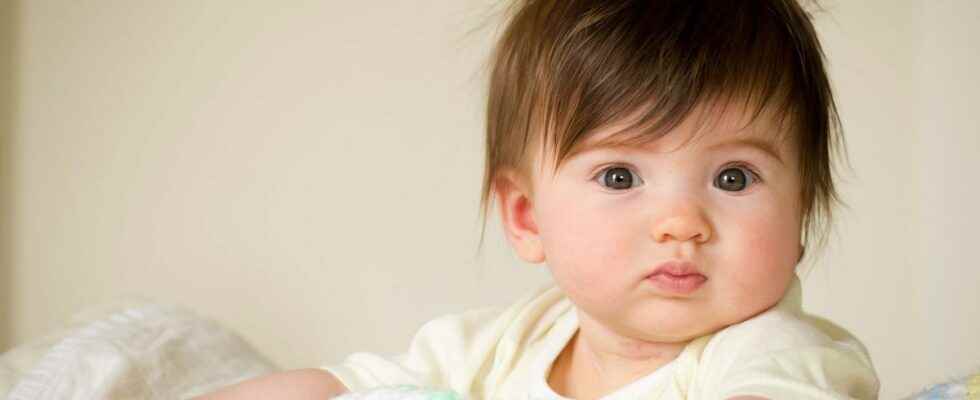Published on
Updated
Reading 3 mins.
According to a recent international study, it would be possible to detect autism in a month-old baby, just by analyzing a lock of hair, and looking for metals, which are increasingly common in disorders. A method that would be 81% reliable according to scientists.
It is a supposedly revolutionary test in the context of autism which has just been accepted by the Food and Drug Administration (FDA) in the United States. While to date there is no standard test to determine autism in children and the diagnosis is generally based on the developmental history and behavior of the child, a team of scientists announces in a study that they have developed a universal test using just a strand of hair. This would analyze the level of metals, such as lead and aluminum, which are higher in autistic children, without us really knowing the reason. The study was conducted in the United States, Sweden and Japan.
For this test, the scientists first used a laser to remove the superficial layer of hair. A second laser then performed 650-point scans for every inch of hair and checked for substances linked to autism, including metals like lead, cadmium, arsenic, zinc and copper. Previous research has indeed determined that higher levels of the three elemental metals are often found in the hair of children with autism, without knowing why. The results were then fed into a computer program capable of bringing out characteristic patterns of autism.
This model was developed from studies of hundreds of people in Sweden and the United States. The scientists tested their method on strands of hair taken from 220 Japanese children when they were about a month old. The results were then compared to the clinical diagnosis of autism, made when the youngsters were around four years old. The scientists found that their test correctly identified autism in 394 cases (81% of the total). It correctly identified autism in 96.4% of children and gave the green light to 75.4% of non-autistic children. The results were published in the Journal of Clinical Medicine. The developers want to conduct an expanded study involving 2,000 people.
A test that can be performed on a baby from the age of one month
If the method were to be confirmed by a larger study and to be generalized, it would be, in the words of scientists, revolutionary. Indeed, a single centimeter of hair saves a month of exposure to the environment. The test would therefore be feasible after one month of the child’s life, whereas children with an autism spectrum disorder are generally not diagnosed today before their arrival in kindergarten.
And although scientists at the New York-based start-up – called LinusBio – which offers the technology have said their new test should be used in conjunction with other methods and not alone, they insist it could help in early diagnosis and therefore in appropriate management. “The problem with autism is that it’s diagnosed at the average age of four. By then, so much brain development has already happened. We want to enable early intervention” Manish Arora, co-founder and CEO of the company, told NBC News.
“Let’s wait and see what’s next”
For the geneticist and researcher at the Institut Pasteur Thomas Bergeron, also author of a book published this month of January, Genes, synapses and autisms (Ed. Odile Jacob), the announcement that went relatively unnoticed in the industry, is however to be taken with a grain of salt:
“Autism is such a heterogeneous subject, differing from person to person, that ads claiming to detect ‘autism’ using a single test leave me a little skeptical. Genetics has a huge weight in autism it’s true, but from one person to another, different genes will be involved.
And if, in the absence of a treatment, a means of accurately diagnosing a child could finally be determined, the researcher invites us rather to be cautious:
“These pilot tests, carried out on a few subjects and with affirmative titles announcing “We have found the solution” are numerous. Some methods crash in time others prove to be more solid. So I’m waiting for other studies, tests on a larger scale to see real hope in this”.
